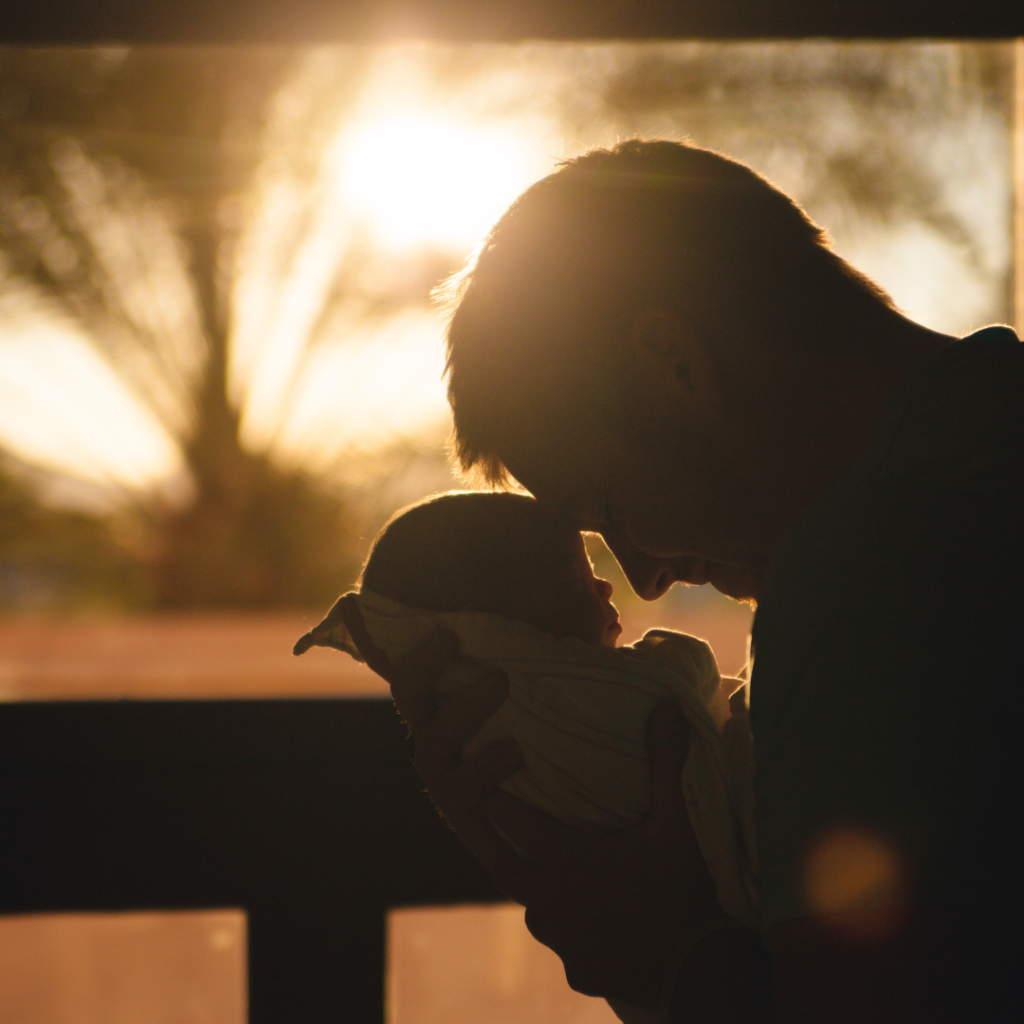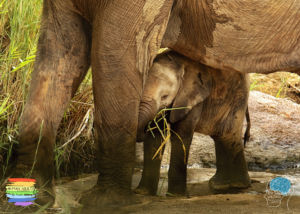The need for protection has been identified by understanding our neurological make-up coupled with our behaviour and how our brains have evolved as a species. To understand why we are wired for protection, and how protection is a wider concept than simply a need to keep ourselves physically safe, we need to understand some fundamentals of the human species.
Humans as mammals
Humans are mammals; warm-blooded creatures who give birth to live young (not applicable to the duck billed platypus), produce milk to feed their young, and have hair on their body. Mammals are separated into two discrete categories: precocial and altricial.
Precocial mammals
Precocial young are born able to either walk or cling very soon after birth. Mammals, such as cows, foals, and deer, are herd animals that move around rather than having nests or dens; the young “follow” their parents closely. Primates, our closest relatives, are also precocial, but young are carried instead. Precocial mammals have one or two infants at a time, and these young are kept close for safety. Their milk is low in fat, high in sugar and highly digestible. This is also a safety mechanism. Infants feed frequently on demand (every 1-2 hours), being in close proximity to their mother.
Altricial mammals
Altricial young, are often born in larger litters and may be born blind, hairless, and unable to move, feed themselves, or communicate. They are often left in nests or dens for periods of time whilst the parents gather food. This is where the term “cached” young arise. Altricial species’ milk is high in fat content, meaning that they can go much longer between feeds (twice a day) allowing parents to wander. They also wean much earlier onto their adult diet.
Human young
Rather than understanding precocial and altricial young as discrete categories, as with most things in the natural world, it is more complex than this, and there are definite exceptions to the rules. It might be better to think about it as a spectrum.
With our unique features such as our large brains, and our preference to walk on two legs, humans are one example of a complexity in the system. Let’s look at how the key features compare to the categories:
Number of young
Milk and feeding
Reflexes
Sensory maturity
Physical competence
Brain development
Mostly single infants. Not large litters
Low fat content. High sugar. Frequent feeding
Attachment, sucking and grasp reflexes present at birth
Can see, hear and smell effectively at birth, though not perfectly
Poor muscular control - no head, torso or arm strength
Only 25% of neural connections made at birth compared with 50% in other primates
You can see here that there is not a clear and simple case for humans being either precocial or altricial Some experts describe us as semi or secondarily altricial, whereas others consider our precocial nature to be true by definition as examples of primates.
The number of young, the milk we produce, our sensory development, and the reflexes present at birth indicate that we are in line with other primates in being precocial. However, our brains and muscles are too under-developed for us to walk for a whole year, and are not even developed enough to allow us to cling effectively. Our infants are also hindered by adult humans having a lack of body hair covering. Despite the presence of a grasp reflex in infants, there is not much to get hold of. It is this strange helplessness in human infants that has led to our protection need.
Why are we born helpless
There are two main theories, both of which may explain contributing factors as to why humans are born uniquely helpless. The first is that the combination of our, comparative to other primate species, unusually large heads resulting from our larger brain size, and our bipedal nature, means that the ratio of our pelvis to head size does not allow for a longer gestation. Babies need to be born comparatively prematurely to ensure the head will fit through the pelvis. This is known as the obstetric dilemma.
This theory was later questioned as there is little evidence that bipedal mammals lose efficiency in walking if their pelvises become larger, as would be needed to accommodate the larger heads of our infants. More recent research suggests that at 40-43 weeks of gestation, human mothers are at their metabolic capacity for sustaining, developing and growing their infant. Anyone who has reached that point in pregnancy can agree that it certainly feels that way. This may be due to the complexity of the human neocortex and the energy required for its development.
A third theory relates to the social nature of human infant development. Humans have higher levels of hormones responsible for increasing emotional attachment than other primates, and have brains that are wired to attach to other humans more permanently. This is probably why we are more likely to partner in pairs for long periods of time. These factors indicate that in order for the neocortex, that larger and more complex area of brain, to develop the infant needs to be in a social context that is not possible in the womb.
Attachment and community for survival
The important thing to understand is that human babies need a huge amount of support when they are born. We evolved from carried species and are ourselves meant to be a species who carries their infants to nurture them and meet their needs, but doing this is much harder for us than other species. Our babies are less convenient to care for, and their care requires dedication and often more than one person because the parent cannot meet their own needs and that of a human infant at the same time. The community must offer care and protection.
Luckily, evolution is clever and it has compensated for this variation by making the foundations of our brains, wired for protection in a wider context (and then connection, which you can read about here). This wiring motivates us to protect and care for our babies, even though it is inconvenient and hard work, and potentially puts us in risky situations (not having free arms to meet our own needs). We experience a strong fundamental need to do this, and it carries over into the rest of our lives.
This brain that is structured for attachment in order to ensure protection contributes to us forming long-term and often (but not always) monogamous relationships, to us wanting to keep pets, to collect and become attached to objects, and to continue to care for children despite the immense energy and effort expenditure needed over a very long period. Furthermore, our wiring for protection leads us to want to protect and care for each other in community groups, offering more people around a child to meet the needs of both mother and child.





